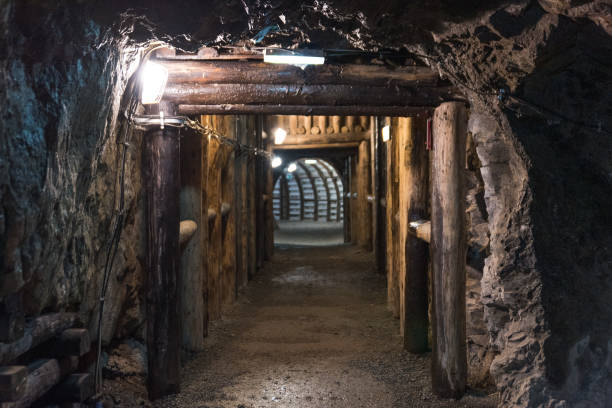"Unveiling the Mysteries of Dark Tourism: A New Trend in Travel"
Curiosity has always driven us to explore the unexplored, to delve into the unknown, and to understand our world's intricacies. This innate human trait is the driving force behind one of the latest travel trends called "Dark Tourism." This article will delve deep into the historical roots, current trends, advantages, and challenges of this unconventional travel style.

The Historical Roots of Dark Tourism
Dark Tourism, sometimes referred to as grief tourism, involves traveling to places associated with death, suffering, or disaster. This travel style has a long history, tracing back to ancient Roman times when spectators would flock to the Colosseum to witness gruesome gladiator fights. Similarly, during the Middle Ages, public executions were attended by many as a form of macabre entertainment.
Current Trends in Dark Tourism
In recent years, Dark Tourism has seen a resurgence, with travelers seeking out sites like the Chernobyl Exclusion Zone in Ukraine, the Auschwitz-Birkenau concentration camp in Poland, and the 9/11 Memorial in New York. These locations offer a sobering glimpse into humanity’s darker side, providing travelers a chance to reflect on historical events and their implications.
Advantages and Challenges of Dark Tourism
Dark Tourism offers several benefits, including the opportunity to educate travelers about historical events and promote empathy and understanding. However, it also presents challenges, such as the risk of commodifying tragedy and the need to balance respect for the sites’ historical significance with tourists’ curiosity.
Impact on Travelers
Dark Tourism, despite its grim focus, can have a profound impact on travelers. It provides an opportunity for reflection and understanding, often leading to a more nuanced view of history and human nature. However, it can also be emotionally challenging, making it essential for travelers to approach these sites with respect and sensitivity.
Essential Aspects to Consider
When considering dark tourism, it is crucial to:
- Respect the sanctity of the sites you visit.
- Understand the historical context of the site.
- Be mindful of how your presence may impact others, especially if the site is still a place of mourning.
- Avoid taking inappropriate photos or engaging in disrespectful behavior.
Summing Up
While Dark Tourism may not be for everyone, it offers a unique perspective on historical events, giving travelers a deeper understanding of the past and its impact on the present. However, it is crucial to approach these sites with the respect and sensitivity they deserve, ensuring that the memories of those who suffered are honored.
In this ever-changing world, travel continues to evolve, bringing forth new trends and experiences. Dark Tourism, with its blend of history, education, and reflection, is one such trend that offers a unique and thought-provoking travel experience. It reminds us that travel isn’t always about escapism or indulgence, but can also be a means of understanding our shared history and humanity. As we navigate this trend, it is our responsibility as travelers to tread lightly and respectfully, ensuring that we learn from the past while honoring those who suffered.





